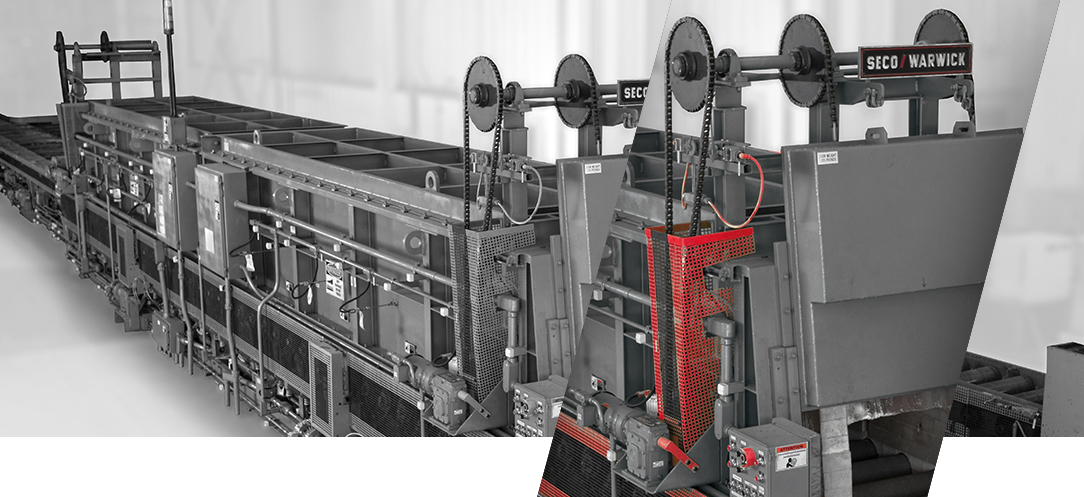In the world of high-quality audio, choosing the right loudspeaker drivers can have a huge impact on the final sound of a system. Two types of transducers that are often discussed among audiophiles are ceramic and isodynamic transducers. In this article, we take a closer look at both technologies, comparing their advantages and disadvantages.
Ceramic transducers
Ceramic transducers, also known as piezoelectric transducers, use the properties of certain ceramic materials to generate sound.
How do they work?
-
They make use of the piezoelectric effect – under the influence of an electrical voltage, the ceramic material changes its shape.
-
These shape changes cause vibrations, which are transformed into sound waves.
Pros:
-
High efficiency – need less power to generate loud sound.
-
Excellent response at high frequencies.
-
Resistant to high temperatures and moisture.
-
They can be very small, making them easy to integrate into compact systems.
Disadvantages:
-
Limited response at low frequencies.
-
They may have a problem with linearity, which can lead to distortion.
-
They usually require dedicated filters or amplifiers.
Isodynamic transducers
Isodynamic transducers, also known as planar-magnetic transducers, use a very thin diaphragm with a printed electrical circuit sandwiched between magnets.
How do they work?
-
The electric current flowing through the circuit on the membrane interacts with the magnetic field.
-
This interaction causes the diaphragm to move, generating sound waves.
Pros:
-
Excellent impulse response – fast and precise sound reproduction.
-
Low distortion – due to even force distribution across the diaphragm surface.
-
Wide and even sound dispersion.
-
Excellent clarity and transparency of sound.
Disadvantages:
-
Lower efficiency – usually require more powerful amplifiers.
-
They may have a limited response at the lowest frequencies.
-
They tend to be larger and heavier than traditional transducers.
Direct comparison
-
Sound quality:
-
-
Ceramic: Excellent in treble, can have problems with full range.
-
Isodynamic: Outstanding clarity and precision over a wide frequency range.
-
-
Effectiveness:
-
-
Ceramic: High efficiency, ideal for lower power systems.
-
Isodynamic: Lower efficiency, require more powerful amplifiers.
-
-
Size and weight:
-
-
Ceramic: They can be very small and lightweight.
-
Isodynamic: Usually larger and heavier.
-
-
Applications:
-
-
Ceramic: Often used in tweeters, alarms, portable devices.
-
Isodynamic: Popular in high-end headphones and midrange and tweeter speakers.
-
-
Price:
-
-
Ceramic: Generally cheaper to produce.
-
Isodynamic: Usually more expensive due to more complex design.
-
Which type to choose?
The choice between ceramic and isodynamic transducers depends on a number of factors, including personal sonic preferences, budget and the specifics of the audio system. Some modern systems, such as those offered by https://dioraacoustics.com, use advanced hybrid solutions that combine the advantages of different types of transducers.
-
If you value excellent treble reproduction and efficiency above all else, ceramic drivers may be a good choice.
-
If you are looking for exceptional clarity and precision over a wide frequency range and don’t mind having a more powerful amplifier, isodynamic transducers are worth considering.
Summary
Both ceramic and isodynamic transducers have their own unique advantages and applications. Today’s best audio systems often use a combination of different technologies to achieve optimum sound quality. Whatever your choice, the key is to listen and test different solutions to find the one that best suits your preferences and needs.


